In early October 2021 I was teaching a series of workshops for The Brighton Permaculture Trust. One of these was a solar battery half-day workshop which I believe went very well, giving people an introduction to further solar courses. The other workshop was about woodland management; there will be more in 2022. Those people who know me are fully aware that my portfolio attitude to life’s passage covers many renewable and land-based skills.
This includes my Youtube channel – designed to promote self-reliance and the gaining of repair skills. So one set of skills that’s important in building a low-impact and non-financial-slavery life is being able to test second-hand solar (PV) panels before buying them.
I have learnt these skills through practical application and an almost desperate willingness to learn – in this way increasing my skill base and improving resilience whilst reducing impact. Every day you can learn something – although mostly not through social media, where you’re encouraged to make a comparison between yourself and others. Remember, in this situation comparison is the killer of joy – where joy can be found in simple things, not in the latest trend.
So: you’re searching around for some second-hand solar electricity panels. What are you looking for – i.e. what voltage, what output? There’s a whole raft of knowledge required around these questions. Luckily it’s all in one place, Wind and Solar Electricity (third edition).

But once you’ve learnt about Imax (maximum current) and Vmpp (voltage at max power point) and watts then at some point you will be faced with some second-hand panels. The skill here is to know what you are looking at and what faults to seek out.

The main physical fault is broken glass. Most panels have a 3.5 mm layer of toughened glass on the front, to which the silicon layers are glued. This glass can be shattered so that the panel loses much of its structural strength. They can look like a shattered car windscreen with lots of little bits that are still glued to the lower layers. They may still work to some extent but further internal damage can occur when moving them if you are rough.

So how do you test them? I have seen broken panels for sale on Ebay, with the claim that they still give full output voltage in full sun. That’s normal, and it is one of the first tests – but it’s no real guide.
The thing to remember here is that you need good sun to test them, and a multi-meter (that you know how to use). So there’s no point buying them at night. To test a panel it must be facing directly into the sun at something between 45 to 15 degrees from the horizontal.

There are two cables on the back of the panel – positive DC and negative DC. Normally they have MC4 connectors on them, but sometimes these have been removed – but that’s nothing to worry about. Use the meter set on DC volts and connect the meter directly across these wires and you will get a voltage reading that will be similar to the Voc (voltage open circuit) on the panel label.

Now the next test is more reliant on good sun and the panel facing directly into the sun – this is the short-circuit current test. Set the meter on DC 10 amps. To do this with most meters you have to unplug the red cable from the volts socket and put it in the amps socket. Warning: when you have completed the test, put the red cable back into the volts socket, because if you then try to measure volts with the red cable in the amps socket you will damage the meter. The black cable stays in the common (com) socket.

So the test for short-circuit current is just as it says – you have the panel facing the sun and you put the red cable to the positive panel cable and the black to the negative and you will get a reading – maybe 8 amps on a good sunny day. If it is only (say) 1.5 amps in full sun then you know there is a fault.
I have tested panels with cracked glass before and occasionally found them to be good at say 6.5 amps; but also I came across a 24v panel the gave a 3.5 amp reading. This one is fine for keeping a battery alive that runs an occasionally-used remote light, through a charge controller (of course). Bottom line here is: know what you’re buying and only pay sweeties for panels with cracked glass – even if they have a good Isc (current short circuit).
Here’s a video about investigating a faulty solar panel:
Thanks
Andy

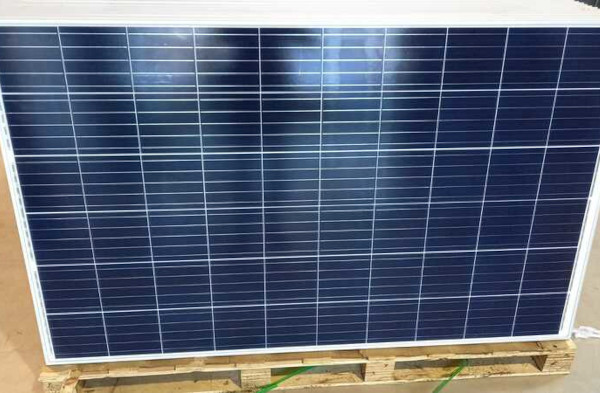
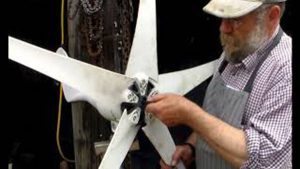
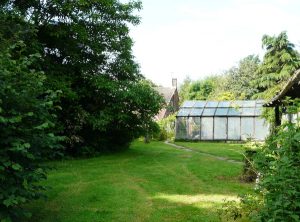

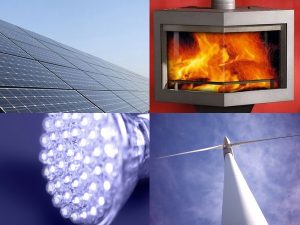


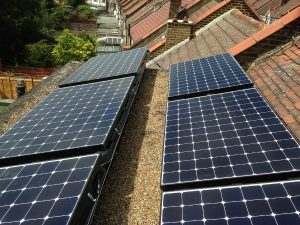
3 Comments
Hi Andy
Ive watched your videos for some years now, especially some of your Solar and PV Inverter videos
Ive been a Solar PV Installer since 2011
I have alot of faulty PV Inverters Power One, ABB, SMA, Solar River, etc
Would you be interested in potentially any of these Inverters to repsir or for Spare Parts etc
Please let me know your thoughts, I could deliver to you if you were interested
I also have a few broken Solar Panels if they are any use to you ?
Steve Hamilton
HR Solar Solutions Ltd
01332 673300 or 07976 245118
We are based in Derby
Steve – I’ve passed this on to Andy
Steve Hamilton, thanks for your message, I will contact you, cheers, Andy